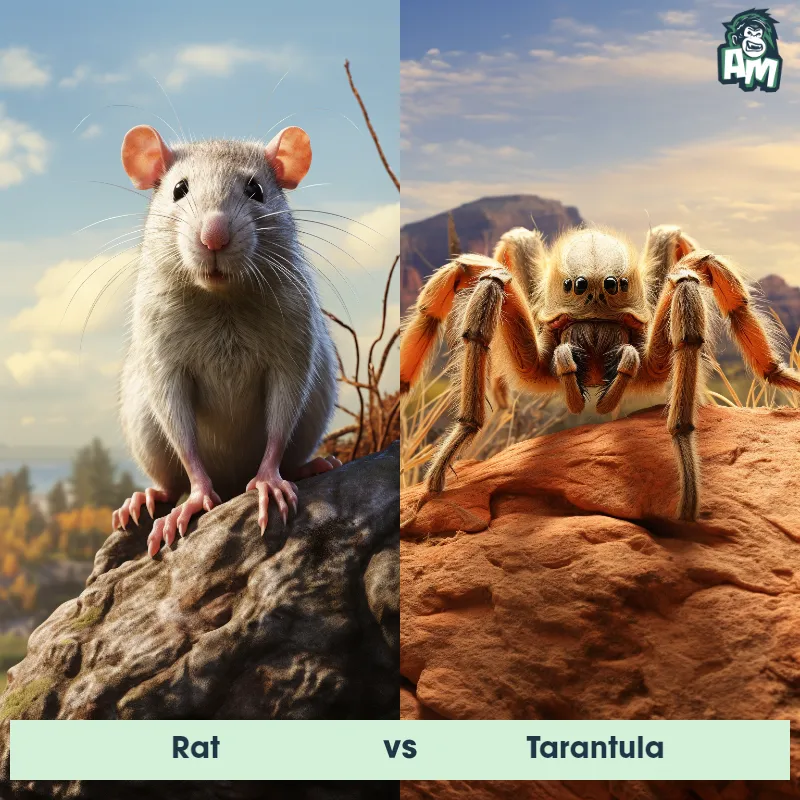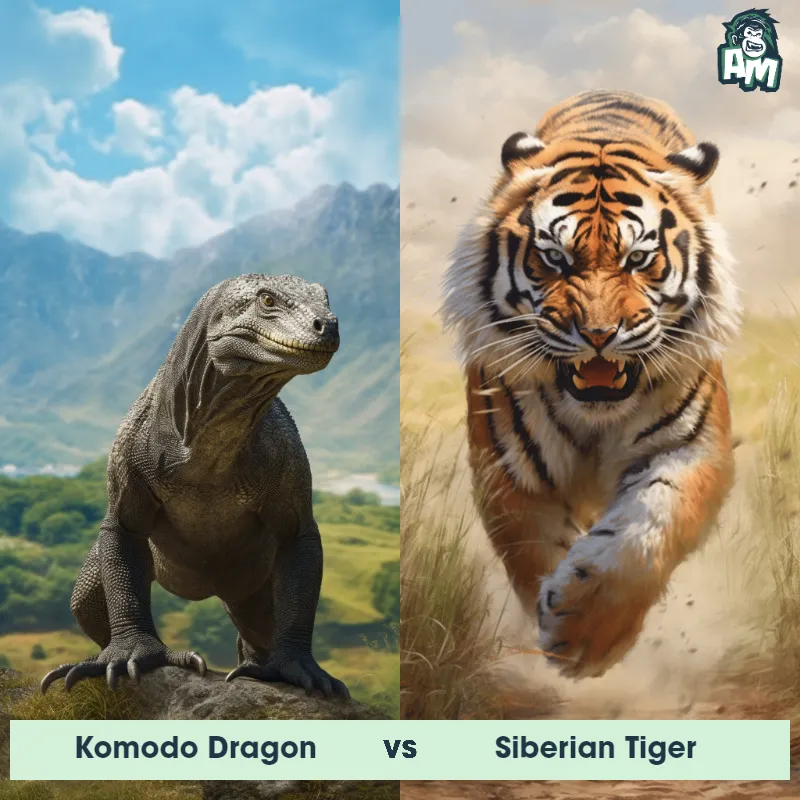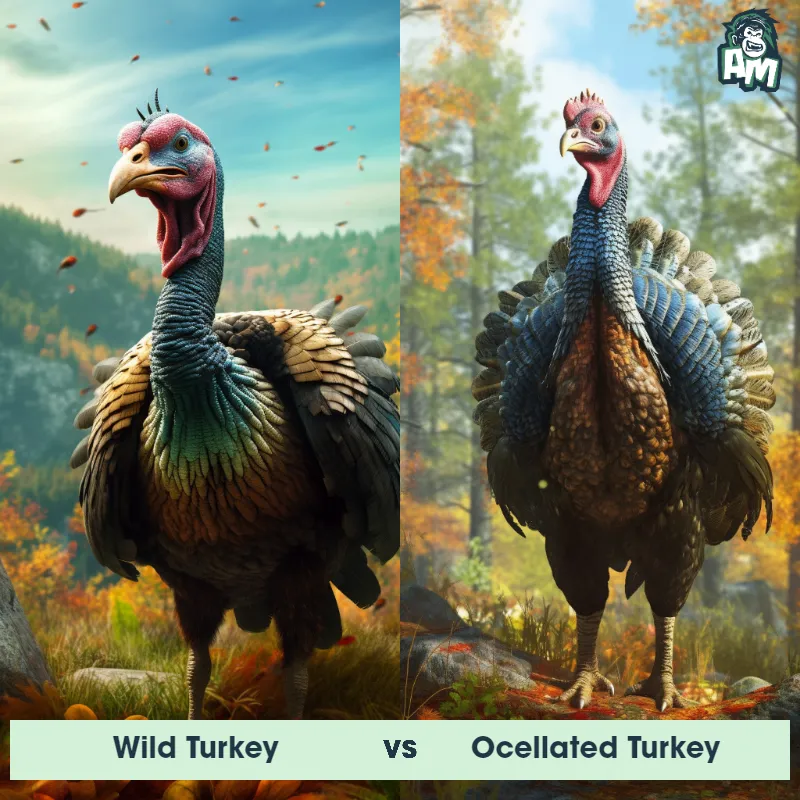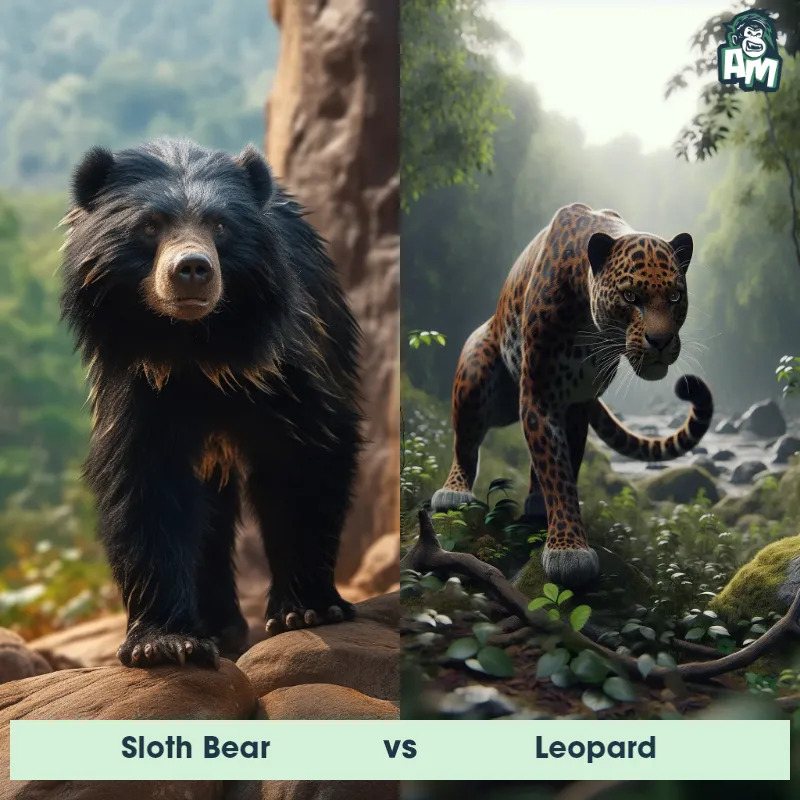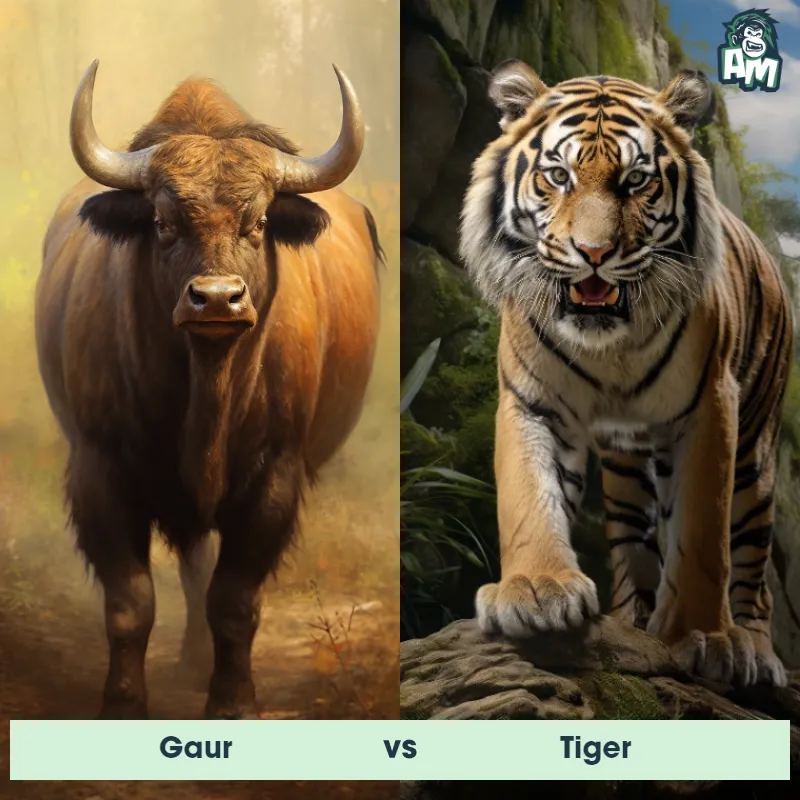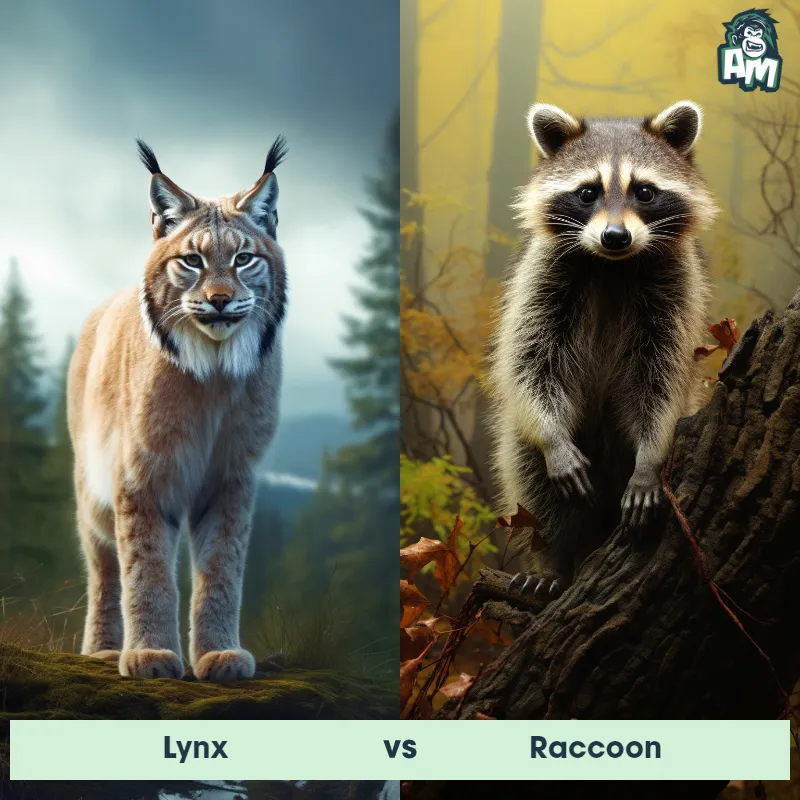Pachycephalosaurus vs AnkylosaurusSee Who Wins

Tonight's prehistoric showdown features two colossal contenders from the Late Cretaceous period: the dome-skulled Pachycephalosaurus and the armored Ankylosaurus. We’re about to witness a battle of headbutts versus clubbed tails. Who will prevail in this clash of titans?
Contender 1: Pachycephalosaurus
The Pachycephalosaurus, also known as the "thick-headed lizard," was a herbivorous dinosaur that lived during the Late Cretaceous period. It was characterized by its dome-shaped skull, which could be up to 10 inches thick, and its bony knobs on the skull called nodes. These dinosaurs were bipedal and had long hind legs, short forelimbs, and a stiff tail.
Fun Fact: Pachycephalosaurus is believed to have used their dome-shaped skulls for head-butting contests during mating rituals or to establish dominance within their social hierarchy.
Contender 2: Ankylosaurus
The Ankylosaurus was a heavily armored dinosaur that lived during the Late Cretaceous period. It was characterized by its large, bony plates that covered its body, providing protection from predators. Its most distinctive feature was a tail club made of solid bone, which it used for defensive purposes. Ankylosaurus had a squat body and low-slung posture, with four sturdy legs supporting its massive weight.
Fun Fact: Ankylosaurus had one of the thickest skulls amongst dinosaurs, measuring up to 8 inches in thickness, providing protection for its brain.
Matchup Stats
| Pachycephalosaurus | Ankylosaurus | |
|---|---|---|
| Size | 15 feet tall (4.5 meters) | 20 feet long (6 meters) |
| Weight | 1,000 lbs (450 kg) | 6,000 pounds (2,700 kilograms) |
| Speed | 15-20 mph (24-32 km/h) | 6-7 mph (10-11 km/h) |
| Key Strength | Head-butting behavior | Tail club for defensive purposes |
| Biggest Weakness | Weak bite force | Slow movement due to massive size |
Current Votes
Pachycephalosaurus vs Ankylosaurus
See Who Wins
View More Matches
Looking For More?
Similar Matches
Scientific Stats
| Pachycephalosaurus | Ankylosaurus | |
|---|---|---|
| Scientific Name | Pachycephalosaurus | Ankylosaurus magniventris |
| Family | Pachycephalosauridae | Ankylosauridae |
| Habitat | Open woodland areas | Woodlands and open plains |
| Geography | North America (specifically present-day Western USA) | North America |
| Diet | Herbivore | Herbivore - fed on low-lying vegetation |
| Lifespan | 10 years - 15 years | 70 years - 75 years |
Key Differences between Pachycephalosaurus and Ankylosaurus
- Habitat Evidence: Fossil evidence suggested different habitat preferences, with Pachycephalosaurus possibly inhabiting upland areas, while Ankylosaurus lived in coastal lowlands.
- Tail: Pachycephalosaurus had a long, slender tail, differing from the heavy, clubbed tail of Ankylosaurus.
- Armor: Ankylosaurus had extensive body armor, including bony plates and a clubbed tail; Pachycephalosaurus lacked such armor.
- Skull Structure: Pachycephalosaurus had a thick, domed skull, whereas Ankylosaurus had a flat, armored head with horns.
- Size: Ankylosaurus was larger, approximately 6-8 meters long, compared to the smaller 4-5 meters of Pachycephalosaurus.
- Body Shape: Pachycephalosaurus was bipedal with a more upright posture, while Ankylosaurus was quadrupedal with a low, broad build.







